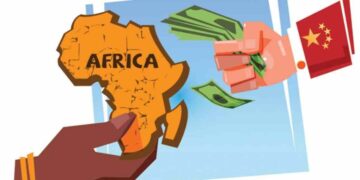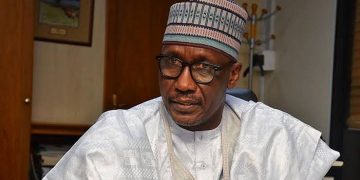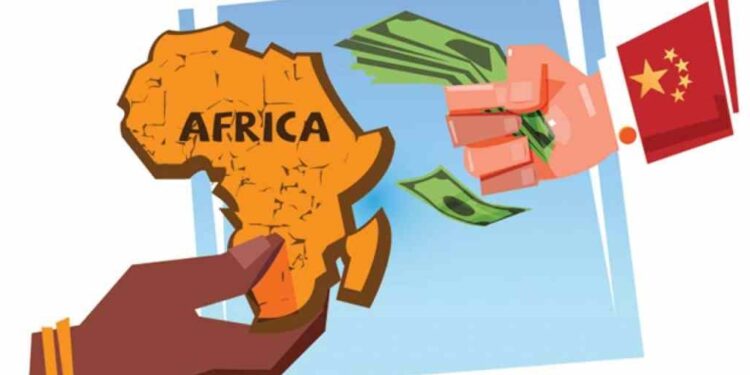By John Ikani
Chinese lending to Africa saw a notable uptick last year, reaching $4.61 billion, marking the first yearly growth since 2016, according to a recent study.
This resurgence in lending follows a period of decline that began with the COVID-19 pandemic in 2020, contrasting the peak years between 2012 and 2018 when China, fueled by President Xi Jinping’s Belt and Road Initiative, extended over $10 billion in annual loans to the continent.
The 2023 figures, a significant threefold increase from 2022, indicate China’s intention to manage risks associated with heavily indebted African nations, as highlighted by the research from Boston University’s Global Development Policy Centre.
The university centre, responsible for the Chinese Loans to Africa Database project, observed, “Beijing seems to be aiming for a more balanced and sustainable lending approach, while exploring new strategies.”
This new data emerges as Beijing prepares to host African leaders next week for the triennial Forum on China-Africa Cooperation.
The study revealed that 13 loan agreements were inked last year, involving eight African countries and two African multilateral lenders.
Among the most substantial deals were a near $1 billion loan from China Development Bank to Nigeria for the Kaduna-to-Kano Railway, and a similar liquidity facility provided to Egypt’s central bank.
China has become the principal bilateral lender for several African nations, including Ethiopia, in recent years.
The Boston University study further noted that China’s total lending to the continent from 2000 to 2023 amounted to $182.28 billion, with the majority directed towards Africa’s energy, transportation, and ICT sectors.
Africa held a prominent position in the early years of the Belt and Road Initiative, as China aimed to revive the ancient Silk Road and expand its geopolitical and economic influence through a global infrastructure development drive.
However, China began tightening its purse strings in 2019, a trend exacerbated by the pandemic. This has resulted in a series of unfinished projects across the region, such as a modern railway intended to connect Kenya with its neighbors.
The decrease in lending was attributed to both China’s domestic economic challenges and the escalating debt burdens of African economies. Zambia, Ghana, and Ethiopia have been grappling with prolonged debt restructuring since 2021.
The Boston University study revealed that over half of the loans committed last year, totaling $2.59 billion, were directed to regional and national lenders, underscoring Beijing’s evolving strategy.
“The focus of Chinese lenders on African financial institutions likely reflects a risk mitigation approach, aiming to avoid direct exposure to the debt challenges faced by African countries,” the study explained.
Nearly a tenth of the 2023 loans were earmarked for three solar and hydropower energy projects, demonstrating China’s interest in financing renewable energy as opposed to coal-fired power plants.
Nevertheless, the study indicated that the trends observed in last year’s figures don’t offer a definitive picture of China’s financial engagement with the continent, as Chinese institutions also extended loans to struggling economies like Nigeria and Angola.
The Global Development Policy Centre concluded, “The future quality of China’s partnerships in Africa remains uncertain.”




































